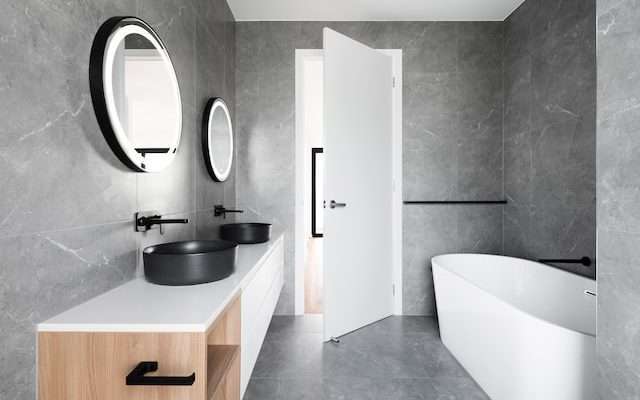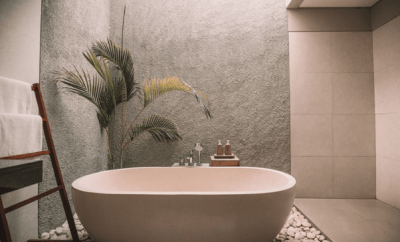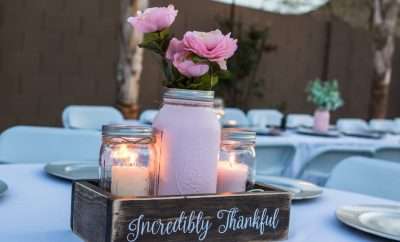
Your Ultimate Bathroom Renovations Checklist from a Newcastle Plumber
Your Ultimate Bathroom Renovations Checklist from a Newcastle Plumber
A new bathroom isn’t a quick decision. As keen as you might be to get started, it’s important to take the time to get everything right, after all, you’ll be using the space for a long time, or looking to get a great return on investment. A few weeks or months of preparation is really worthwhile.
When designing your ultimate bathroom renovation remember that as well as looking fantastic it needs to be functional as well as cater to all the needs someone might have. Different bathrooms have different functions and can be fitted out in different ways. Really think about who will be using the bathrooms and what they need them for:
-
- Ensuite
- Guest bathroom
- Family bathroom
- Powder room
A professional designer will know the right questions to ask and how to layout the room to get maximum space and aesthetics will still be practical.
Not fully knowing what you are up against can cost a lot more, drag out your completion times and even result in big mistakes that force you to start over again.
Taking the time to plan your space and design your ultimate bathroom means that your renovations will go smoothly and you’ll stay within budget.
Your Ultimate Bathroom Checklist
Get Permissions
Having permits from your local council is something homeowners often overlook. Even though it’s your own private dwelling you need to inform your local council if you are making significant changes like moving toilets and pipes as these are council-managed water systems. Most strata buildings will also require permissions before changes are made.
Set A Budget
You need to know how much your desired material will cost to buy and install and set a budget that allows everything to be purchased comfortably. Targeting around 5-10% of the value of your property is a good way to set a budget and not go overboard.
Keep in mind that extensive bathroom renovations will require a strip-out. You might also need to pay for structural work to repair water damage to timber frames or internal walls. This might only be realised once the walls are down or cabinets stripped back so having an emergency fund is a good way to put in a safety net.
Keep What You Can
While new is wowing you can help direct costs towards what you need most by holding onto what works in your current bathroom set-up.
Which of these items do you have to buy new and which can you use that is already there?
-
- Flooring
- Wall finish
- Shower
- Shower screens
- Bath
- Toilet
- Windows
- Lighting
- Hot water heater (in the room or external)
- Cabinets/shelves/drawers
- Vanity
- Basin/s
- Splashback
- Cabinet doors and door handles
- Power points
- Underfloor heating
- Heated towel rail
- Ventilation
- Mirrors
- Showerhead
- Taps and fixtures
Buy What You Need Ahead of the Start Date
Choose all your hardware and fixtures before you start renovating and make sure they are either purchased (and have arrived) before work starts or they are coming with your work crew. A sold-out cabinet you built your bathroom around will cause incredible setbacks and might even require restyling your entire bathroom.
Hire a Qualified Work Team
There are big benefits to choosing a renovation specialist who does it all as you won’t have to screen all the different tradespeople you need and you won’t need to coordinate their bookings so everything fits together seamlessly.
Every tradesperson you hire will need to be experienced, licensed, and insured, that includes your electrician, plumber and waterproofer. For a renovation made easy you can hire one company who handles it all and look after all the details. They will provide one fixed quote and will see your job through from planning to testing and clean-up.
Make sure you allow adequate planning time. Rushing in will get a rushed result. A regular-sized renovation takes around three to five weeks once work begins, with 1 to 2 weeks of that time dedicated to planning and approving final layouts with your designer.
Knowing what you want and how much it’s going to cost before you hire your professional team, you can make better decisions and design the perfect bathroom for your home.














